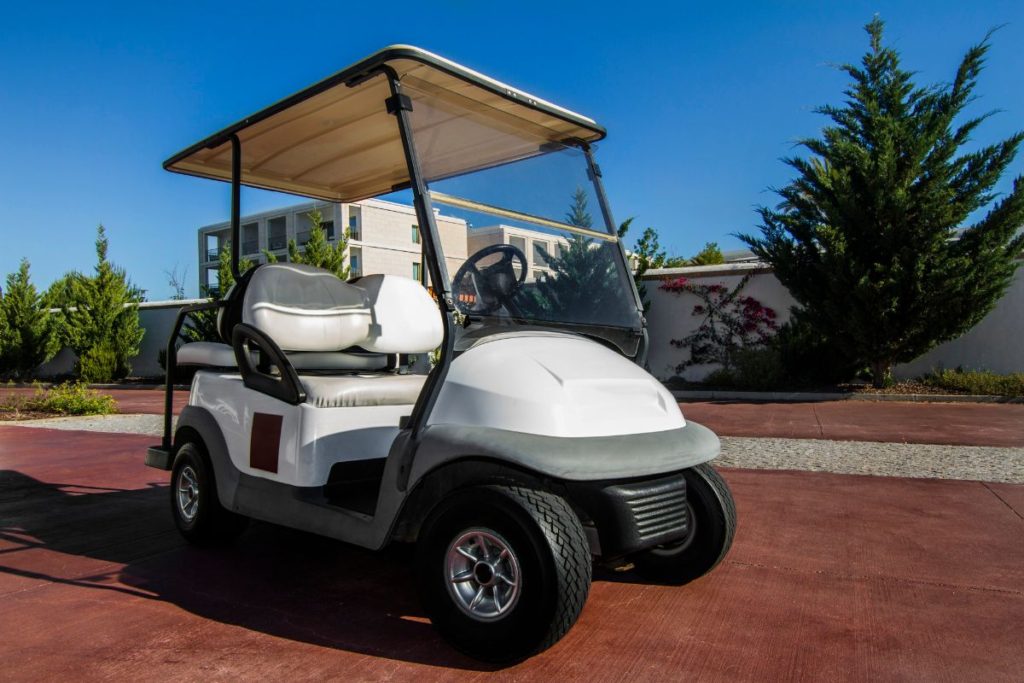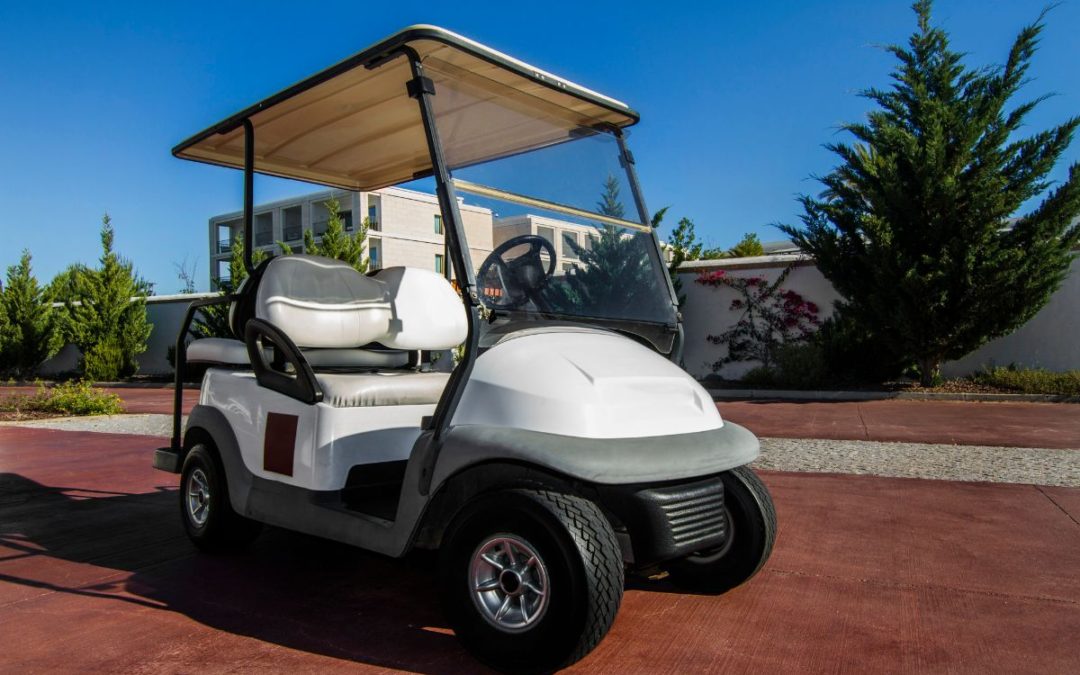Golf carts are more than just a mode of transport on the green; they are powered by a vital component that ensures a smooth and efficient ride – the golf cart battery. Your trusty golf cart is like your chariot, and its heart? The batteries. This guide will take you from sand trap to sand wedge on your battery journey.
Understanding Golf Cart Batteries:

Golf cart batteries are the lifeblood of electric golf carts, providing the energy needed to propel these vehicles across the golf course. There are three main types of batteries used in golf carts:
- Flooded Lead-Acid Batteries:
- Traditional and cost-effective.
- Require regular maintenance, including checking water levels.
- Well-suited for golf carts used in flat terrains with frequent charging opportunities.
- Maintenance-Free (AGM or Gel) Batteries:
- Sealed, maintenance-free options.
- Long-lasting and suitable for various terrains.
- Ideal for golfers seeking a low-maintenance solution.
- Lifepo4 (Lithium Iron Phosphate) Batteries:
- Advanced lithium technology.
- Lightweight, compact, and long-lasting.
- Requires minimal maintenance, providing a reliable and efficient power source.
Top Tips for Golf Cart Battery Maintenance:
- Regular Charging:
- Charge the batteries after each use to maintain optimal performance.
- Water Level Check (for Flooded Batteries):
- If your golf cart uses flooded batteries, check and replenish water levels regularly.
- Proper Storage:
- Store golf carts in a cool, dry place, especially during the off-season.
- Equalization Charges:
- Periodically perform equalization charges to balance cell voltages.
- Keep Terminals Clean:
- Clean battery terminals and connections to prevent corrosion.
Choosing the Right Golf Cart Battery:
- Voltage and Compatibility:
- Match the voltage requirements specified by the golf cart manufacturer.
- Battery Type:
- Consider the terrain and usage patterns to choose between flooded, maintenance-free, or Lifepo4 batteries.
- Cycle Life:
- Assess the expected cycle life to determine the battery’s longevity.
- Capacity (Ah):
- Choose a battery with sufficient capacity to meet your golf cart’s energy demands.
- Budget:
- Lead-acid is the most wallet-friendly, while lithium demands a bigger investment. Think of it as green fees – pay more upfront for a premium experience.
- Maintenance:
- Lithium shines with minimal upkeep, while lead acid needs regular watering and cleaning. Choose based on your swing frequency – low maintenance players love lithium’s low-key vibe.
Conclusion: Your golf cart’s performance is directly linked to the quality and condition of its battery. By understanding the types of golf cart batteries, implementing proper maintenance practices, and selecting the right battery for your specific needs, you ensure a reliable and enjoyable ride on the golf course. Elevate your golfing experience by giving your golf cart the power it deserves – choose the perfect battery today.
